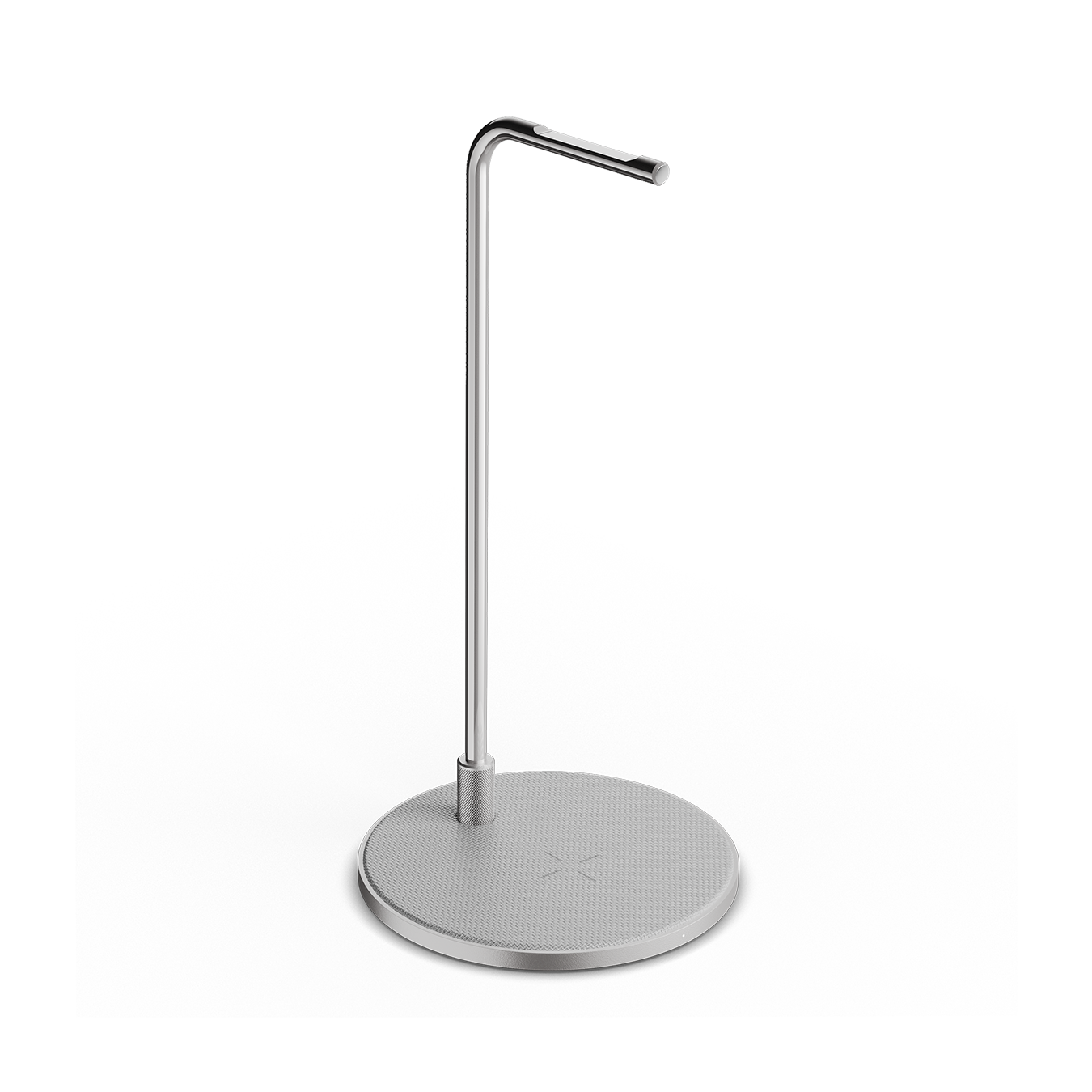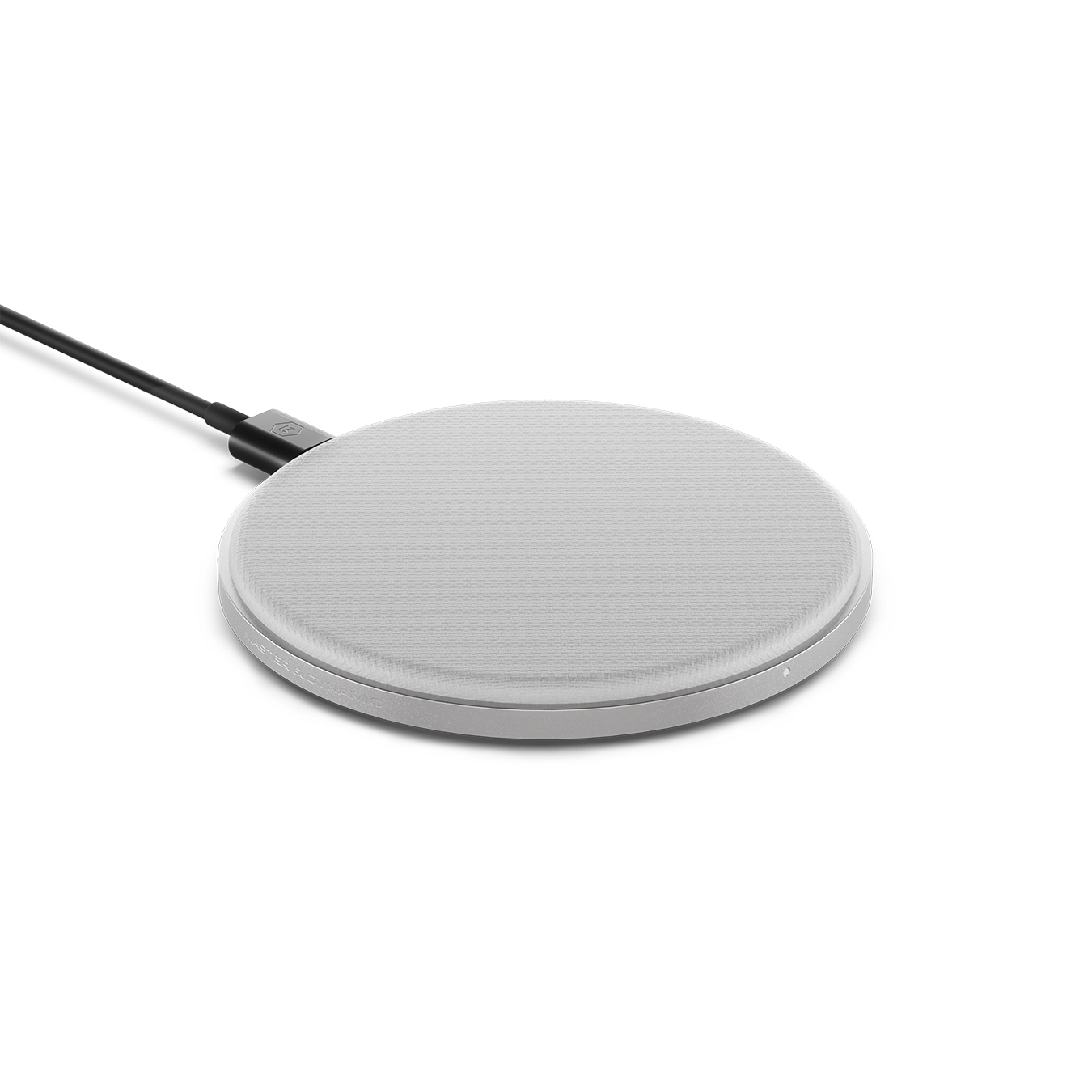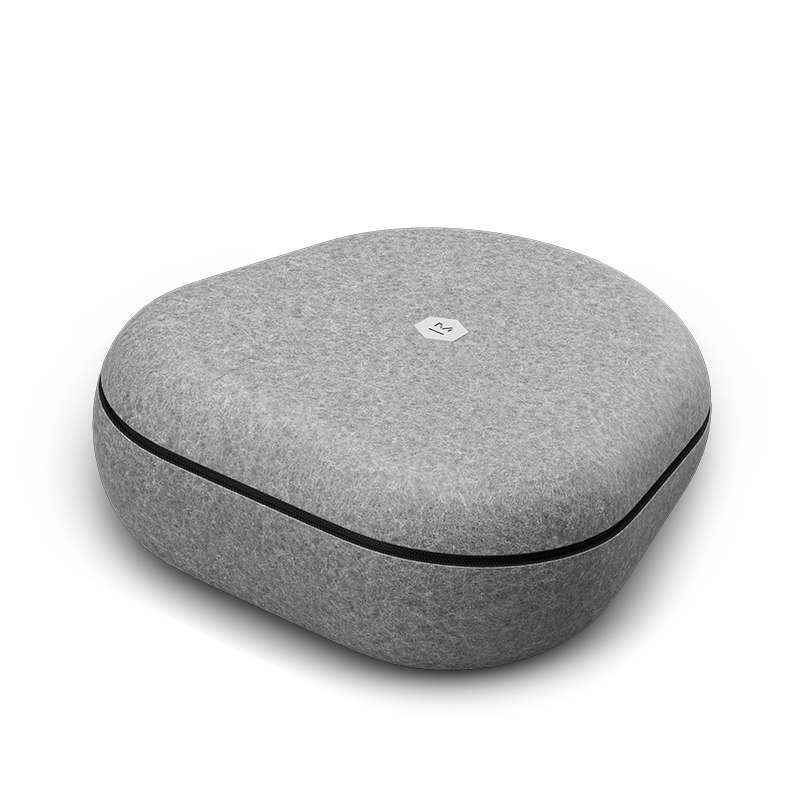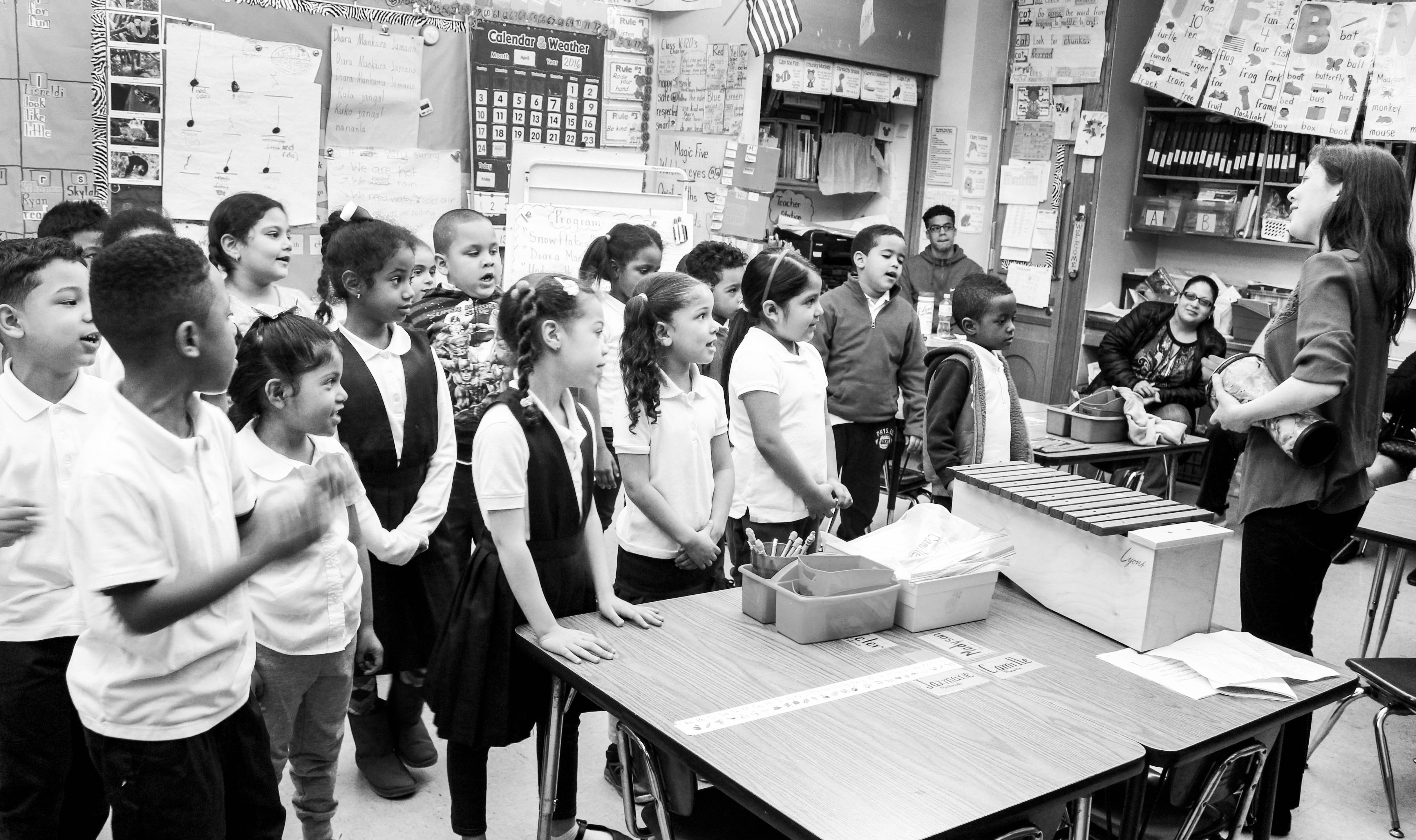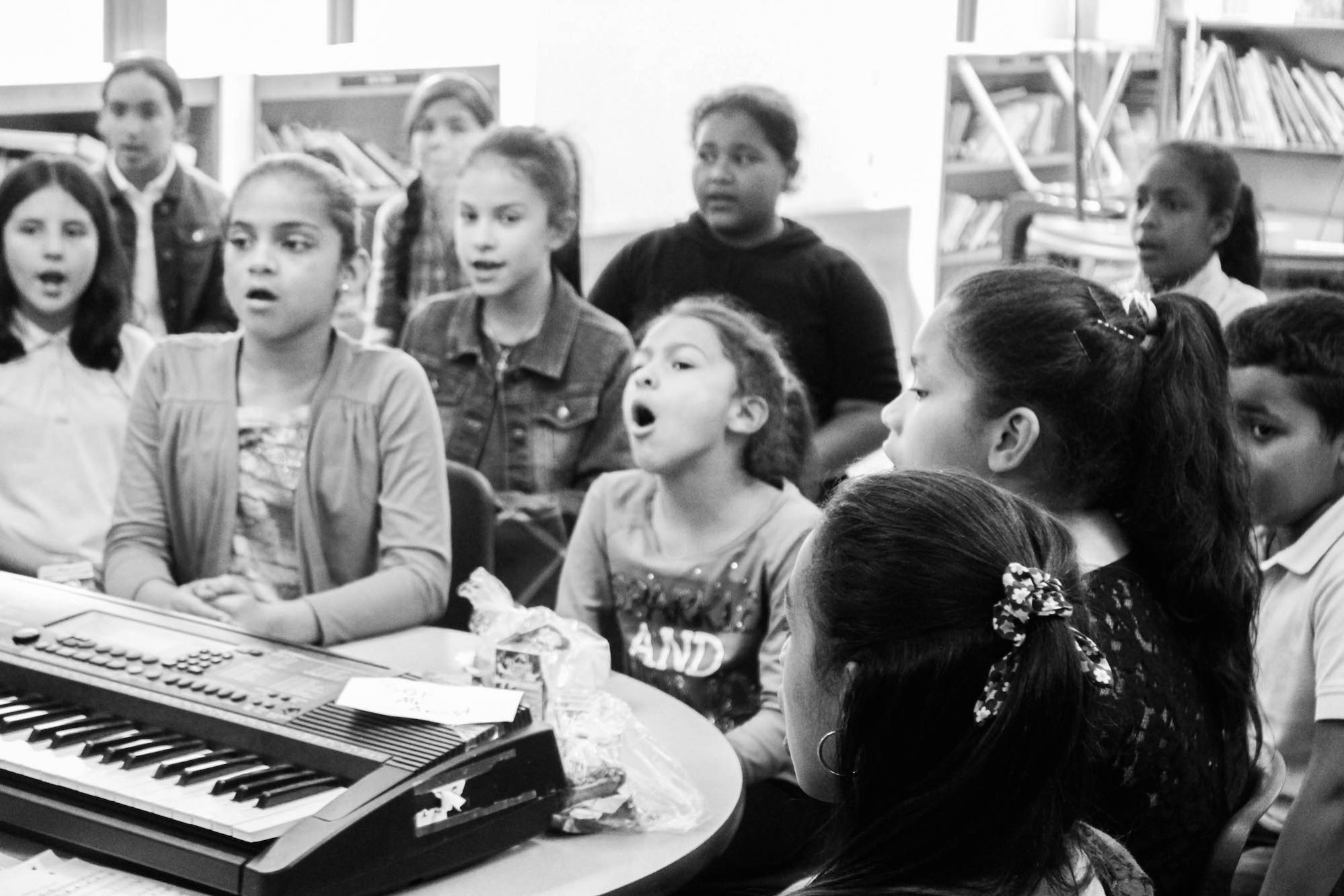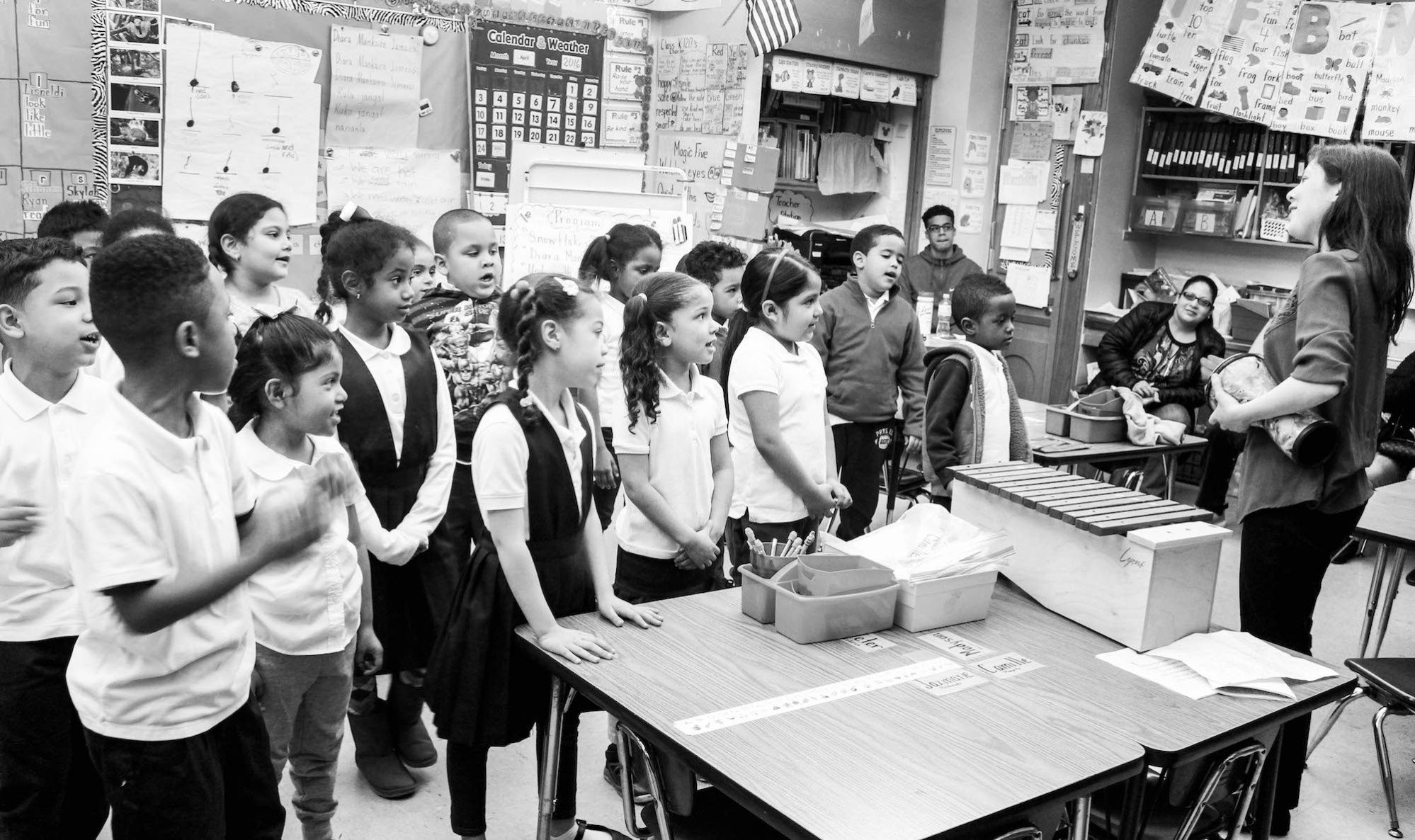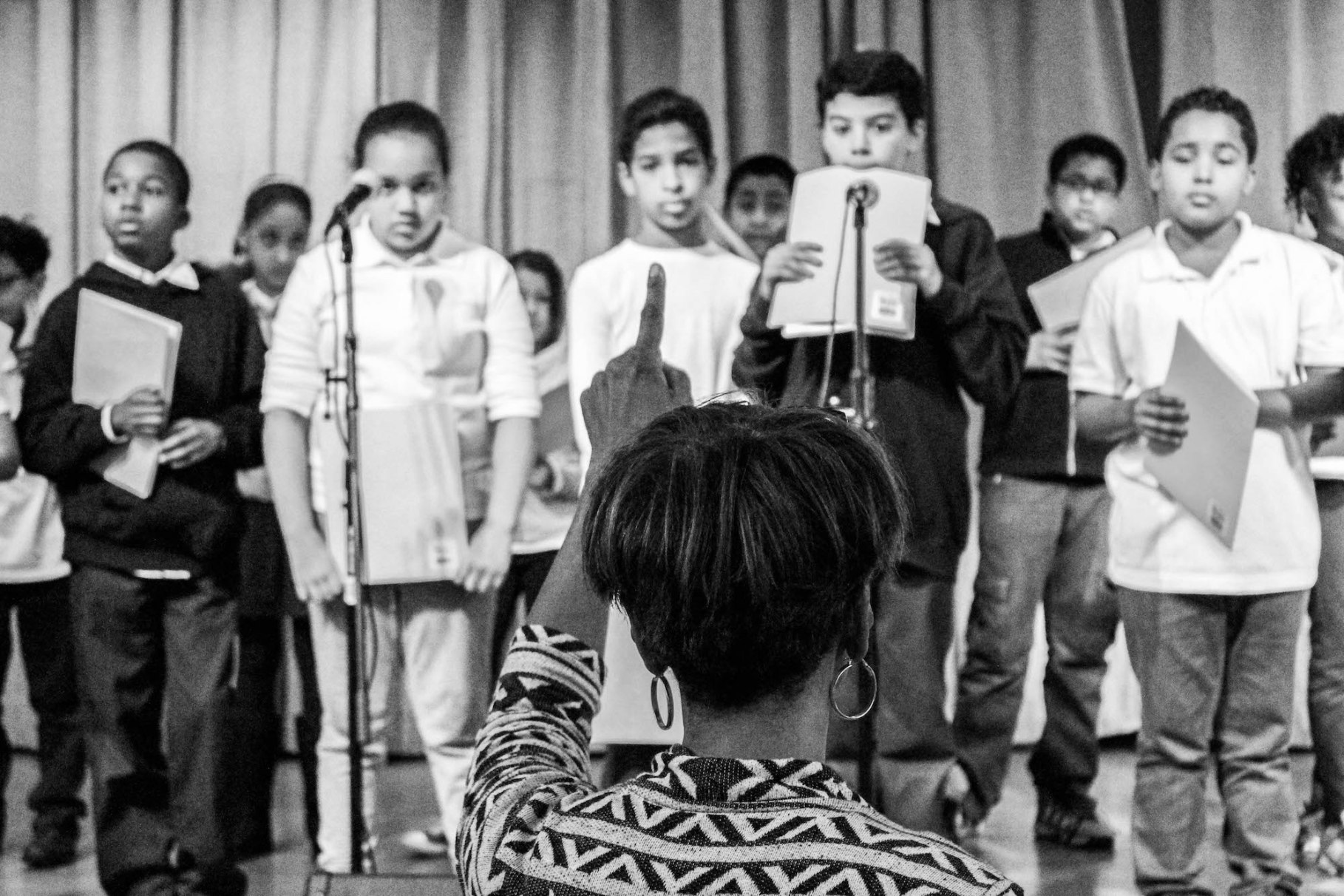CAE’s programs focus on four main areas: theater, visual arts, music, and dance. “Every year our programming kind of varies,” says Maia Collier, Programs Manager in the Teaching and Learning Department. “But there are two main spaces in which our programming happens. One is in school, and is arts-integration focused; for example, a music-teaching artist working with a math teacher, so students are learning music but also relating it to concepts in mathematics. And then [the other] takes place in the after-school space, [with programs like] chorus and drumline.”
In addition to creating these programs, The Center for Arts Education also engages in research about the benefits of an arts education. “Quite a few years ago we did a meta-analysis of the New York City data,” says Dr. Jerry James, Director of Teaching and Learning at CAE. “And we found that schools that had rich arts programs in compliance with state law tend to have higher graduation rates. More recently, we’re finishing up a four-year longitudinal study of middle school students who work with teaching artists in the classroom. And we’ve found that the schools who receive this intervention outperform the control schools, who have similar demographics, on average by 21% in ELA and math.”
Dr. James speaks specifically about a program where they saw a marked increase in ELA and math scores by integrating rhythm and blues studies into upper elementary courses. “They studied the lyrics of R&B tunes from the ‘50s, ‘60s, ‘70s, and ‘80s and ended up adapting songs to their own social and political and personal concerns. They wrote their own R&B songs and performed them. They learned how to sing on pitch, and they learned about the cadences of R&B and different chord progressions. They learned about the great artists who shaped R&B sound over the years, and many of them discovered for the first time that folks like Bruno Mars and Ariana Grande are rooted in this great blues and R&B tradition.”
We asked Dr. James why he thinks that is, and he responds, “I think a lot of it comes back to empathy. By engaging students in what we call ‘active learning’, they seem to not only be able to have newfound empathy and understanding, they seem to remember facts, so consequently, they do well on their tests.”
Both Dr. James and Ms. Collier call our attention to a fourth important aspect of their work: The Center for Arts Education’s Career Development Program. “It’s a career-development and internship program for high school seniors who are interested in pursuing the arts,” explains Ms. Collier. “It aims to both broaden students’ understanding of what’s out there—how many thousands of different ways you can build a creative life and have a full career in the creative industries—and [help students] develop skills and a network which will set them up to succeed as they move out of high school. We give students training on interviews and resume-writing and how they present themselves, and then have them placed in worksites so they gain an idea of what it is to work in an industry, whether they want to be behind the scenes, or they want to be the person onstage performing or singing or who has their work in a gallery."
“These students come from all arts disciplines, and [their worksites] change every year. [For example,] this year three orchestras ended up being some of our worksites for our students,” Ms. Collier goes on.
“Many of them are very, very talented, all of them are hard workers, and they’re very professional,” says Dr. James. “We keep hearing that over and over again. Rockwell Architecture has had interns every year, and five of the interns have gone off to college and come back and worked at Rockwell. One intern we had is now the Music and Education Director at Orchestra of St. Luke’s. So it really is a powerful, impactful program.”
“It’s great because it’s usually these kids who don’t necessarily have a network; who wouldn’t get an internship or job in these places,” Ms. Collier adds.
To learn more about the CAE and the important work they do, as well as to donate, head here.







